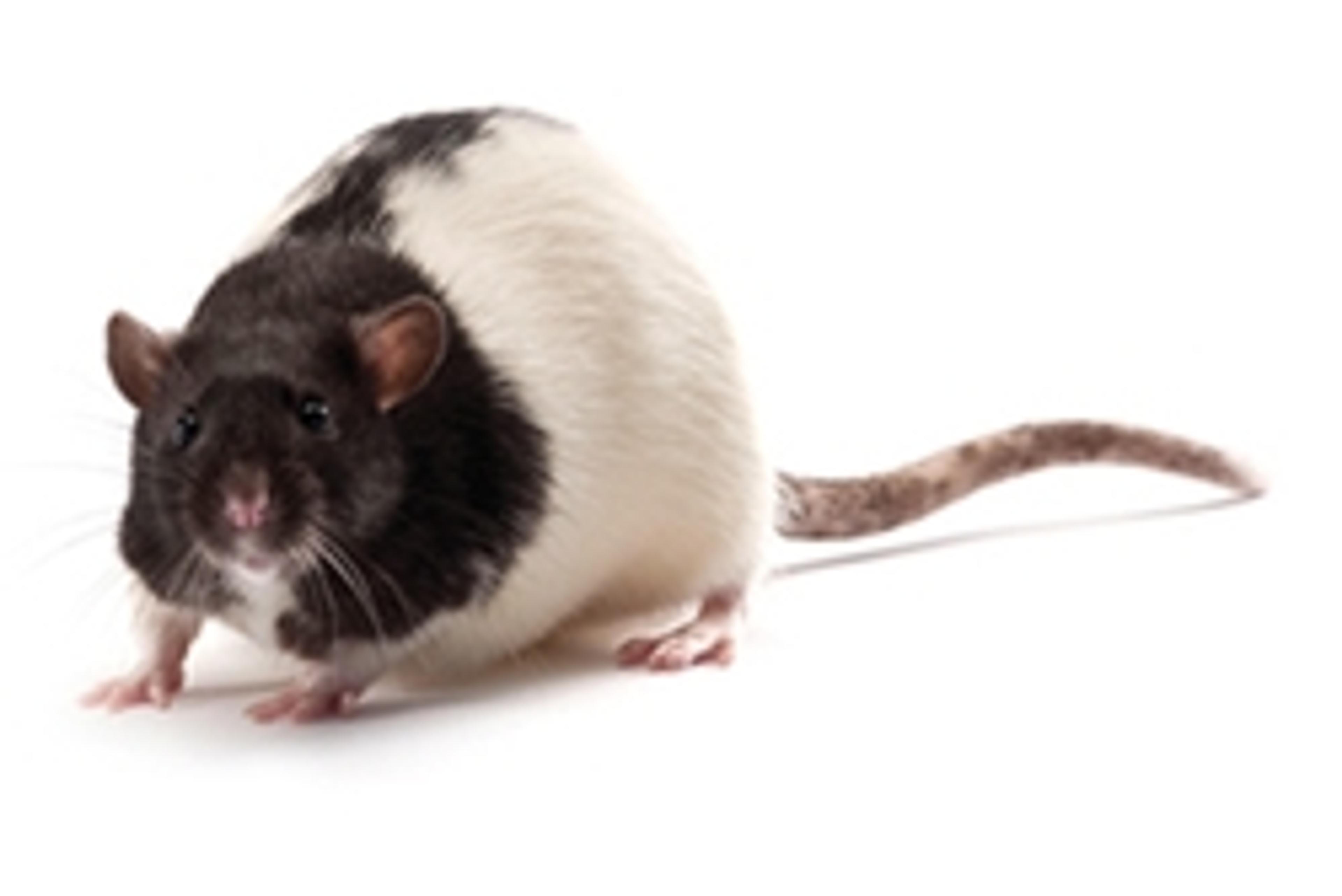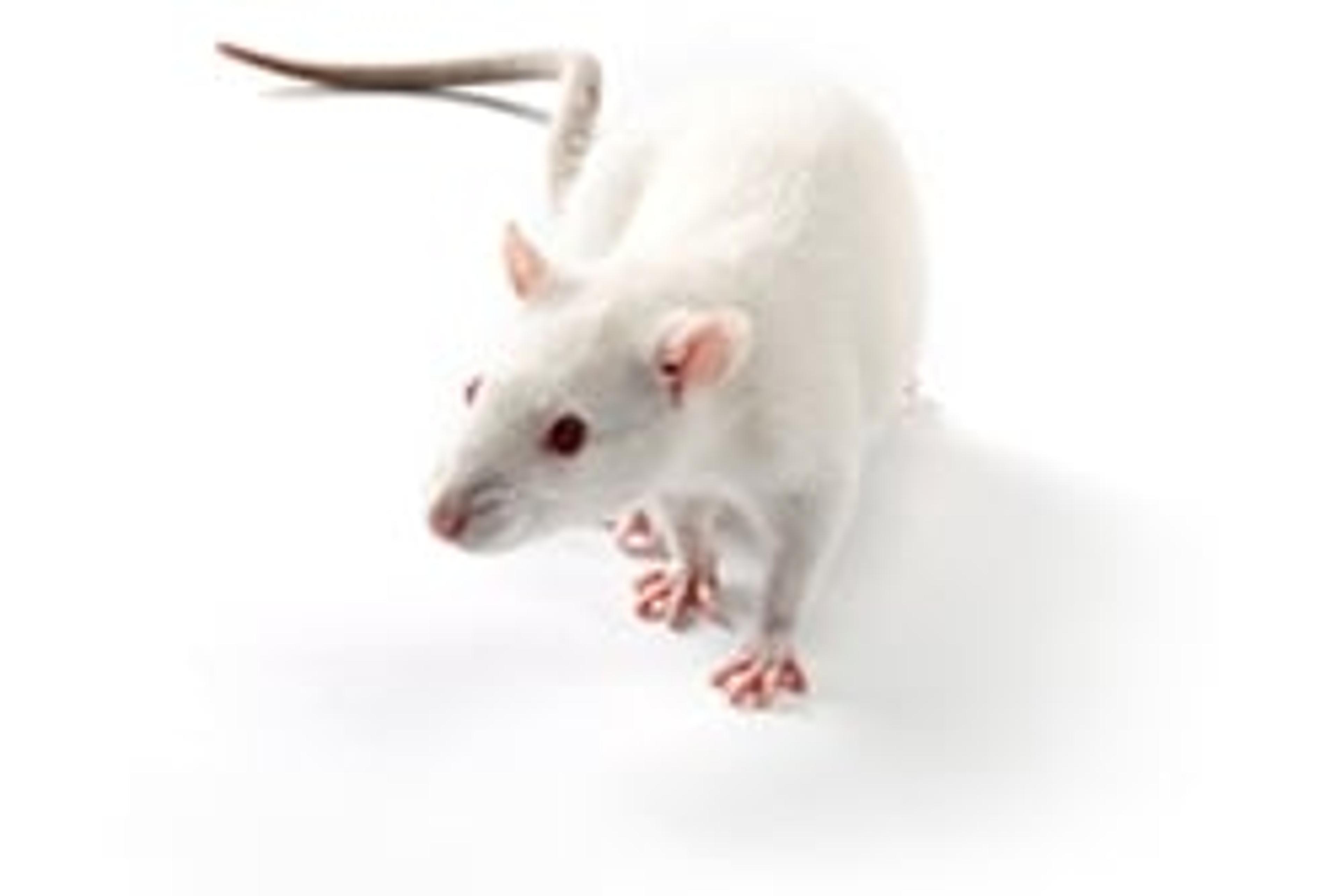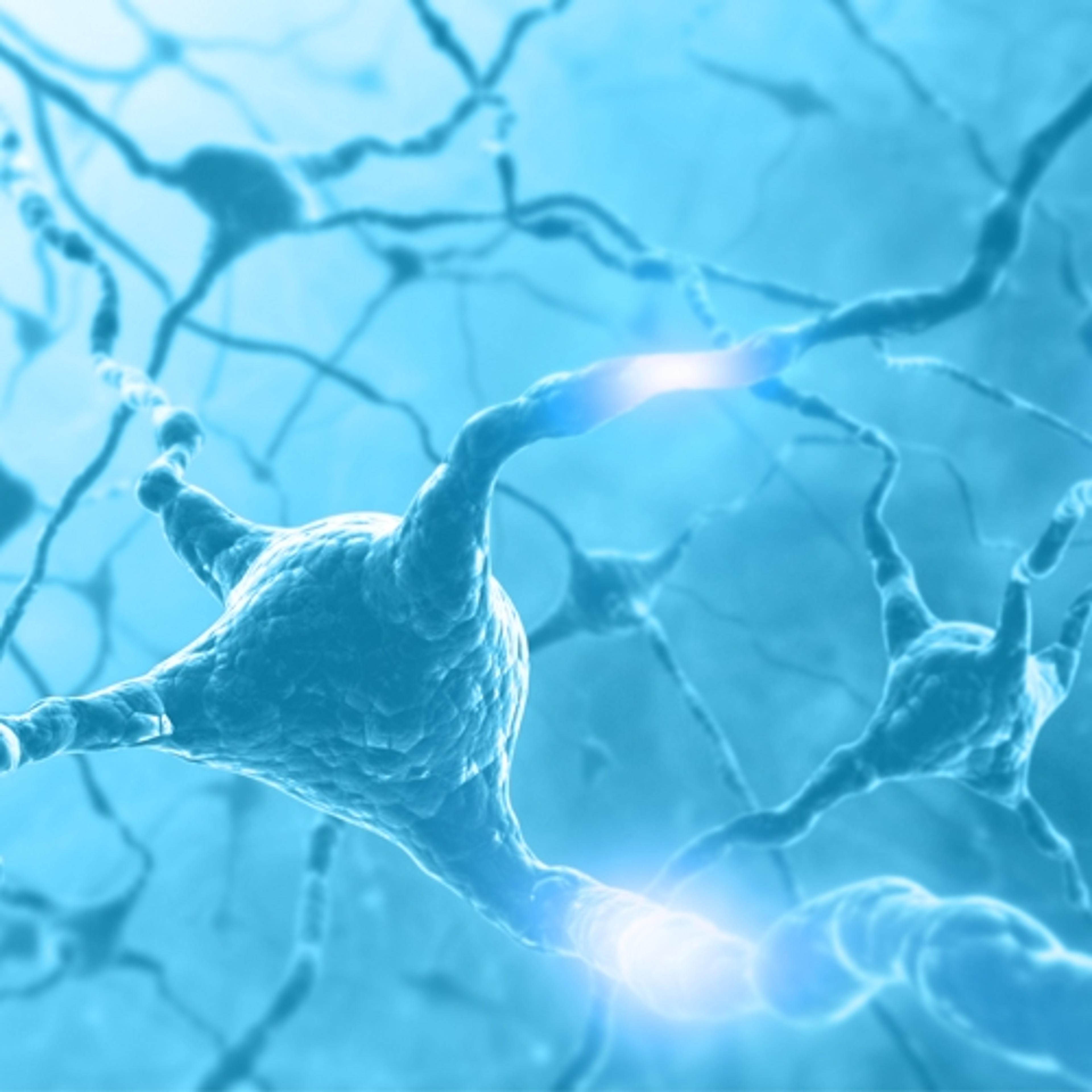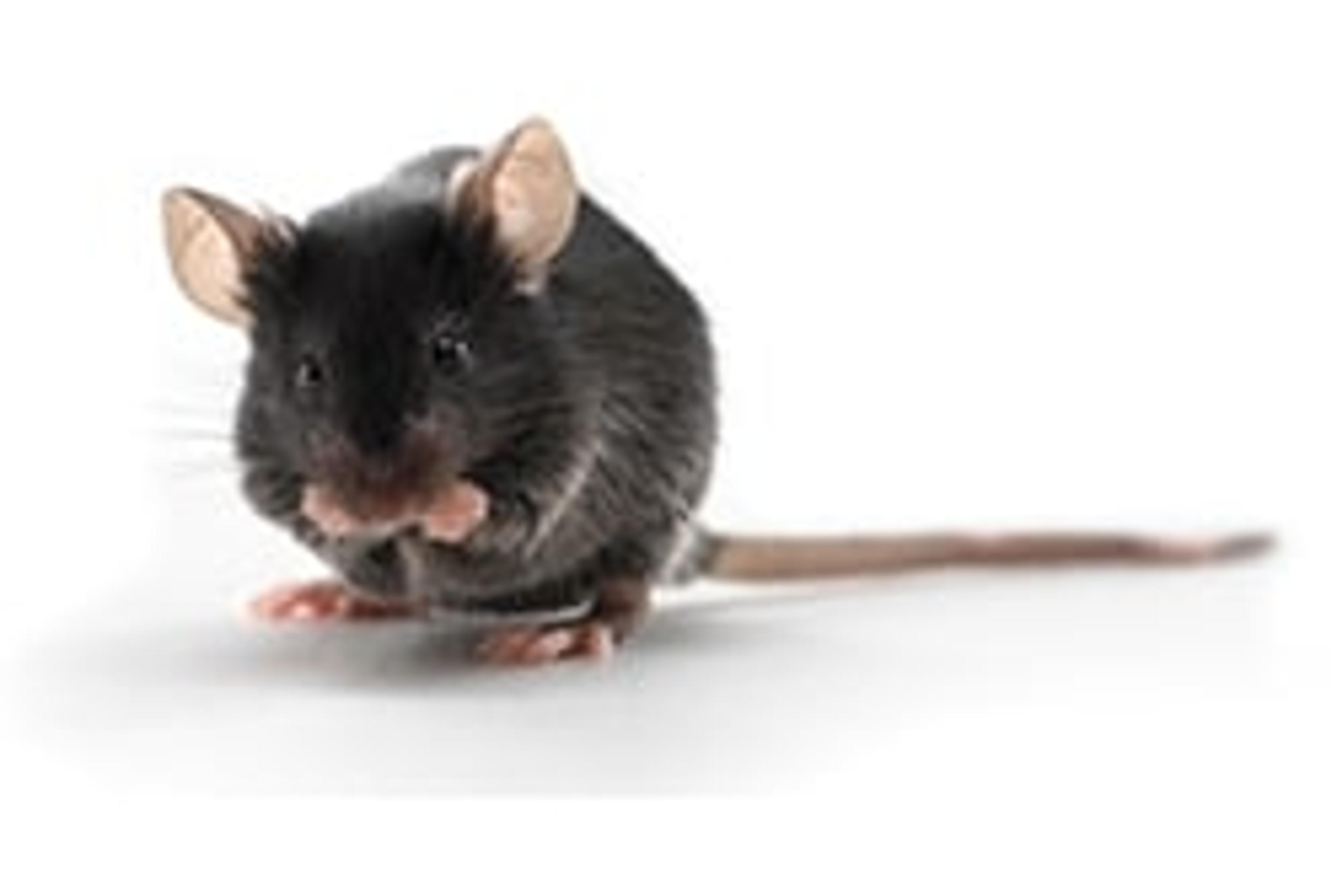ZDF Rat
Charles RiverA mutation occurred in a colony of outbred Zucker rats in the laboratory of Dr. Walter Shaw at Eli Lilly Research Laboratories in Indianapolis, IN in 1974–75. Part of this colony containing the mutation was moved to Indiana University Medical School (IUMS), to the laboratory of Dr. Julia Clark in 1977. Several groups of animals with diabetic lineage were identified and rederived in 1981. Inbreeding of selected pairs from this…





